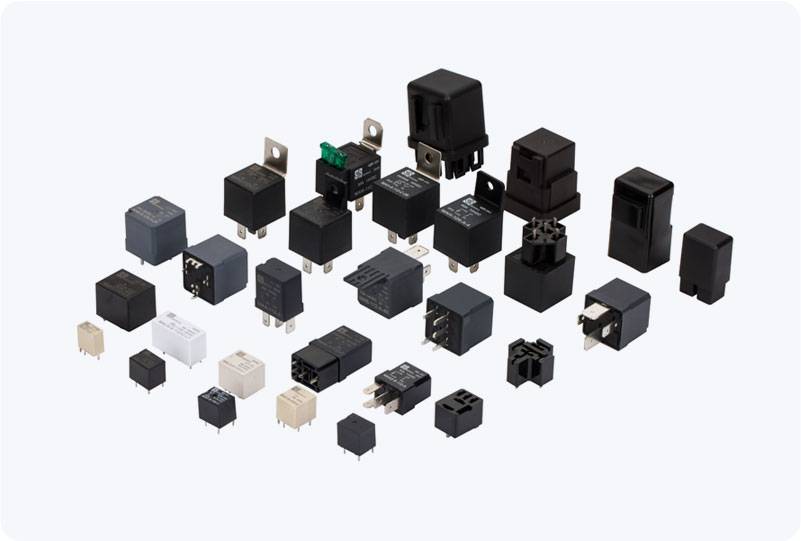understanding the dual relay module: a key component for automation projects
Release time:2025-07-17 18:25:50
The Dual Relay Module is an essential component widely used in various automation projects and systems. It acts as an interface between low-voltage control circuits and high-voltage electrical systems, enabling the control of high-power devices with the help of low-power microcontrollers, such as those used in robotics, smart homes, and industrial automation. This article explores the functionality, features, applications, and practical considerations for using the Dual Relay Module in your projects.

What is a Dual Relay Module?
A Dual Relay Module consists of two relays controlled by low-voltage signals. Each relay on the module can control a separate high-voltage circuit. Typically, these modules are used in microcontroller-based systems, such as Arduino or Raspberry Pi, to switch high-power devices on and off based on the inputs received from the microcontroller.
Relays themselves are electrically operated switches. When a control signal is sent to the relay’s coil, it changes the state of its switch, allowing or cutting off the flow of electricity in the connected high-power circuit. This feature makes the Dual Relay Module indispensable in applications where devices like lights, fans, motors, and other electrical systems need to be switched automatically.

